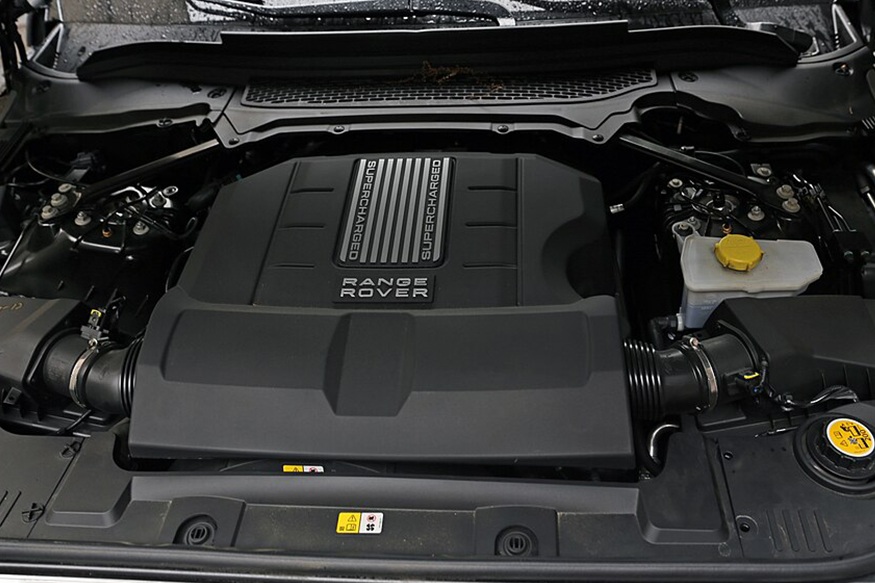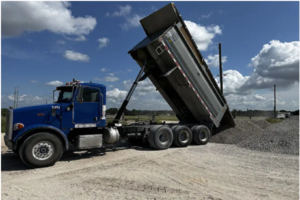
What Do You Need to Know Before Buying a Range Rover Lumma CLR Edition?
Which Lumma CLR Edition are you actually buying, and what’s truly included?
Lumma Design offers different CLR packages (e.g., CLR R for the full‑size Range Rover L405 and CLR RS for the Range Rover Sport L494), each with a unique mix of bumpers, arch extensions, hood options, splitters, rear diffusers, exhaust tips, and sometimes interior trim. Ask the seller for a complete parts list, invoices, and the Lumma certificate of authenticity; genuine components typically have part markings and proper fitment for radar, parking sensors, and tow covers. Verify what’s OEM versus aftermarket (e.g., exhaust, wheels, carbon panels) and confirm if the base vehicle is a standard, HSE, Autobiography, SV Autobiography, or SVR—because brakes, suspension, and powertrains differ by trim and year.
Quality of installation matters as much as the parts. Shop reports commonly flag misaligned panels, parking sensors pushed too deep, and adaptive cruise radar that wasn’t properly re‑aimed after bumper changes—all of which affect safety and resale. Request high-resolution close‑ups of mounting points, inside‑arch fasteners, adhesive lines, and undertray fitment. If possible, get a four‑wheel alignment printout post‑conversion and confirm there’s no tire rubbing at full lock and full compression.
Could a reconditioned Range Rover engine make sense for your CLR build?
If the vehicle you’re eyeing has high miles or unclear history, a reconditioned Range Rover engine can be a smart hedge—especially on a heavily styled build where the engine takes a back seat in the listing. A proper reconditioning should include machining as needed, renewed bearings, seals, guides, timing components, and cooling system refresh (water pump, thermostat housing, hoses), with documentation of tolerances and parts brands. Ask for the builder’s credentials, warranty terms, dyno/bench‑run reports, and break‑in procedure. Confirm the exact engine code, software level, and compatibility with your model year’s ECU, emissions equipment, and immobilizer.
Go beyond invoices. Have a specialist verify the reconditioned Range Rover engine with compression and leak‑down readings, oil analysis (checking for coolant or fuel dilution), and a thermal scan after a sustained road test. Request photos of the rebuild in stages and the serial on the block. Be wary of “fresh rebuild” claims with no paperwork or with mismatched ancillaries (e.g., older injectors on a “zero‑mile” long block). In many cases, a well‑documented reconditioned enginewith a solid warranty can beat a mystery‑history powertrain and make long‑term ownership more predictable.
How do the engine options compare (V6, V8, inline‑six MHEV, PHEV), and which suits your driving?
Depending on model year, Lumma‑converted Range Rovers may run the 5.0L supercharged V8 (AJ133), 3.0L supercharged V6, diesels (3.0/4.4 in some markets), the newer Ingenium 3.0L inline‑six mild‑hybrid (P360/P400), the PHEV (P400e or later P510e), or on the latest generation the BMW‑sourced 4.4L twin‑turbo V8 (P530). Broadly: the 5.0 SC V8 delivers drama and sound, the inline‑six MHEV balances smooth torque and efficiency, diesels excel at long‑range torque (where offered), and PHEVs are great for short commutes with wall charging. Match engine type to use: city and mixed driving favours MHEV/PHEV; highway and towing favour V8s and torquey diesels; track days or mountain passes lean V8.
Know the common pain points. The 5.0 SC V8 can develop coolant leaks at the valley pan, water pump, and thermostat housing, plus supercharger nose rattle; early timing chain guide issues are less common on later years but worth a listen at cold start. The 3.0 SC V6 can show timing chain stretch and plastic cooling pipe failures. Some diesels face EGR/DPF issues, and certain SDV6 engines have had bottom‑end failures under poor maintenance. Ingenium I6 MHEVs benefit from clean oil and software updates; PHEVs require battery health checks and HV system diagnostics. A thorough pre‑purchase inspection (PPI) with compression/leak‑down, borescope where practical, and a full module scan is essential regardless of engine.
How do ownership costs stack up versus alternatives, and when is a used engine the smarter buy?
Budget beyond the body kit. Expect higher consumable costs: 22–24-inch tires wear faster and are pricey; big brakes and quality pads add up; air suspension compressors, valve blocks, and struts can fail; and V8 supercharged models love premium fuel. Insurance can be higher for modified vehicles, and some extended warranties exclude modified bodywork or wheels. Compare total cost of ownership against factory specials (e.g., Range Rover SV Autobiography/SVR) and rivals like the BMW X5M, Mercedes‑AMG GLE 63, and Porsche Cayenne Turbo. The Lumma delivers distinct styling, but factory performance SUVs may offer better residuals and easier warranty coverage.
If the engine is tired, a used engine can be cost‑effective—provided you verify provenance. Ask for the donor VIN, mileage proof, compression/leak‑down results, and whether it’s a long block or includes ancillaries (supercharger/turbos, injectors, HPFP). Confirm compatibility of sensors, manifolds, and emissions equipment across years, and budget for fresh wear items (chains/guides where applicable, water pump, gaskets) before installation. A well‑documented used engine with service history can be a smart bridge to lower running costs; however, if history is murky, a warrantied reconditioned enginemight be the safer long‑term play. Always factor in labour, coding, and fluids when comparing quotes.
What should you check in a Lumma widebody conversion for safety, alignment, and longevity?
Widebody conversions change airflow, weight distribution, and wheel/tire geometry. Ask for proof of fender liner modifications and whether lock‑to‑lock clearance was tested under compression. Look underneath: arch extensions should be fastened into metal with corrosion‑protected hardware—not just adhesive tapes—and the rear diffuser should not compromise the crash bar or towing equipment. Ensure parking sensors, surround cameras, and radar modules are correctly seated and recalibrated after bumper swaps.
Request documentation for any alignment performed after the kit installation—ideally with before/after values. Improperly seated subframes, bent arms from oversized wheel impacts, or lowered suspension without geometry correction can cause tire scalloping and unstable high‑speed behaviour. Heat management matters too: aggressive grilles and vents must maintain adequate radiator, charge‑cooler, and brake ducting flow. Carbon parts vary widely; pre‑preg, UV‑clear‑coated panels resist yellowing better than wet‑lay variants. Examine panel gaps and paint edges with a paint depth gauge if possible—uneven readings around arch cuts can reveal filler or rushed paint work that won’t age well.
How do you verify provenance, mileage, and the quality of the build before you buy?
Start with the VIN. Pull full-service history from a Land Rover dealer or trusted specialist and check for campaigns, recalls, and software updates. Cross‑reference with national history (e.g., CARFAX, AutoCheck, or regional equivalents) and inspect auction records if it’s an import. Ask for the Lumma certificate, part invoices, and installer details; reputable shops keep photo logs of the build. Use a capable scan tool (GAP IIDTool, Autologic, or high‑end Autel) to read all modules for crash events, calibration statuses, misfire counters, and hidden fault histories—an illuminated dash is not the full story.
Then verify condition in the metal. Commission an independent PPI that includes a cold start, borescope where accessible, road test with live data logging, paint depth measurements around modified areas, and an alignment and brake report. Check for even panel gaps, clean fastener work, proper fender liner finishing, and no rubbing under full lock/compression. Look for realistic power and 0–60 claims—stock internals and factory ECUs have limits, and “tuned to 700 hp” without proof (dyno sheets, hardware list, and logs) is a red flag.


